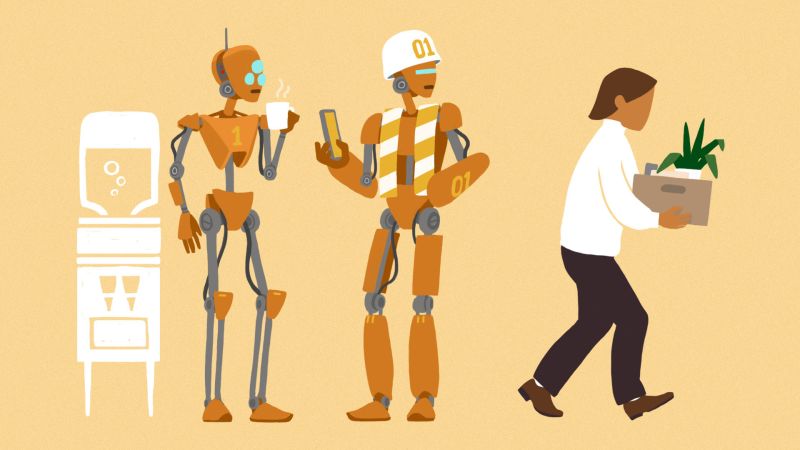
The Impact of AI on Future Job Markets
Business | 9/17/2025
The CEO of Anthropic, Dario Amodei, reiterated concerns regarding the rapid advancement of artificial intelligence (AI) technology and its potential to replace a significant number of jobs in the near future. Despite existing predictions surpassing the current capabilities of AI, Amodei emphasized the swift pace at which technology is evolving. The implications of this advancement extend to various sectors, raising questions about the potential impact on the workforce.
Amodei’s remarks shed light on the ongoing debate surrounding AI and its role in reshaping labor markets. While AI has already demonstrated its capacity to automate tasks previously performed by humans, the extent to which it may lead to mass unemployment remains a subject of significant discussion among experts and policymakers. The evolving landscape of technology underscores the need for proactive measures to address the potential socio-economic consequences of automation.
The increasing integration of AI into various industries has prompted a reevaluation of workforce dynamics and skills requirements. As technology continues to advance, businesses are faced with the challenge of adapting to these changes to remain competitive in a rapidly evolving digital environment. The transformative impact of AI on job roles and employment patterns necessitates a strategic approach to workforce planning and skills development.
In response to concerns about the displacement of human workers by AI, stakeholders are exploring strategies to mitigate potential job losses and ensure a smooth transition to a more automated future. The evolving nature of technology underscores the importance of continuous dialogue and collaboration between industry leaders, policymakers, and labor representatives to navigate the complexities of the digital age. As AI capabilities progress, the need for proactive planning and adaptive strategies becomes increasingly imperative to address the evolving landscape of work and technology.


